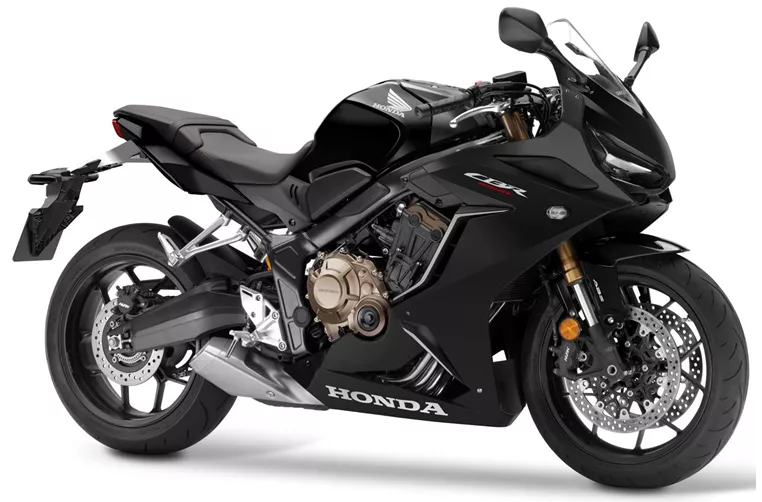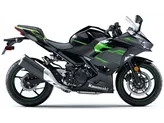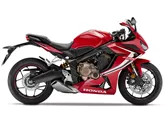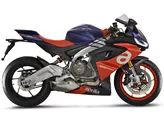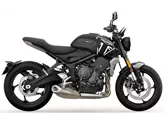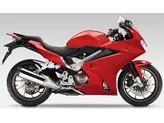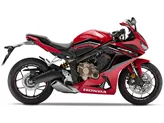Kawasaki Ninja 650 2017 vs. Honda CBR650R 2021

Kawasaki Ninja 650 2017
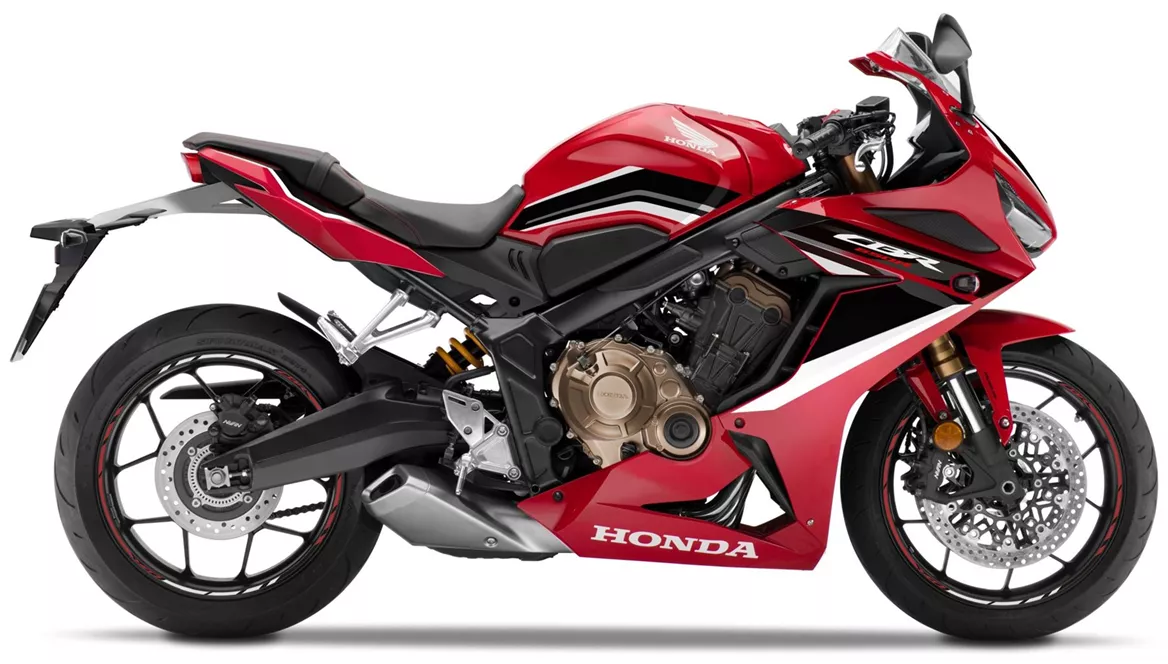
Honda CBR650R 2021
Overview - Kawasaki Ninja 650 2017 vs Honda CBR650R 2021
When comparing the Kawasaki Ninja 650 model year 2017 and the Honda CBR650R model year 2021, there are several notable differences and similarities to consider.
Starting with the engine and drive train, both motorcycles have an inline engine configuration with four valves per cylinder and DOHC technology. However, there are differences in bore, stroke, engine power, torque, and compression ratio. The Ninja 650 has a larger bore of 83mm compared to the CBR650R's 67mm, resulting in a higher engine power of 68.2 HP for the Ninja 650 compared to the CBR650R's 95 HP. The torque is also slightly higher for the Ninja 650 at 65.7 Nm compared to the CBR650R's 63 Nm. Additionally, the Ninja 650 has a lower compression ratio of 10.8 compared to the CBR650R's 11.6. Both motorcycles have a displacement of 649cc.
Moving on to the suspension, both motorcycles have a swing arm rear suspension with a monoshock absorber and preload adjustment. However, the Ninja 650 has a telescopic fork front suspension with a diameter of 41mm, while the CBR650R has an upside-down telescopic fork front suspension with the same diameter.

Kawasaki Ninja 650 2017
In terms of the chassis, both motorcycles have a steel frame. However, the Ninja 650 has a tubular frame type, while the CBR650R has a twin tube frame type. The rake and trail measurements also differ slightly, with the Ninja 650 having a rake of 65.5 degrees and a trail of 100mm, and the CBR650R having a rake of 64.5 degrees and a trail of 101mm.
When it comes to the brakes, both motorcycles have double disk front brakes. However, the CBR650R has a larger front brake diameter of 310mm compared to the Ninja 650's 300mm. The CBR650R also features radial technology for its front brakes, which may provide improved braking performance.
Both motorcycles are equipped with ABS as part of their advanced rider assistance systems.
In terms of dimensions and weights, both motorcycles have the same front tire width of 120mm and diameter of 17 inches. However, the CBR650R has a wider rear tire width of 180mm compared to the Ninja 650's 160mm. Both motorcycles have the same rear tire diameter of 17 inches. The CBR650R also has a slightly longer wheelbase of 1450mm compared to the Ninja 650's 1410mm. The seat height is higher for the CBR650R at 810mm compared to the Ninja 650's 790mm. The CBR650R also has a higher kerb weight with ABS at 208kg compared to the Ninja 650's 193kg. Both motorcycles have a fuel tank capacity of around 15 liters.
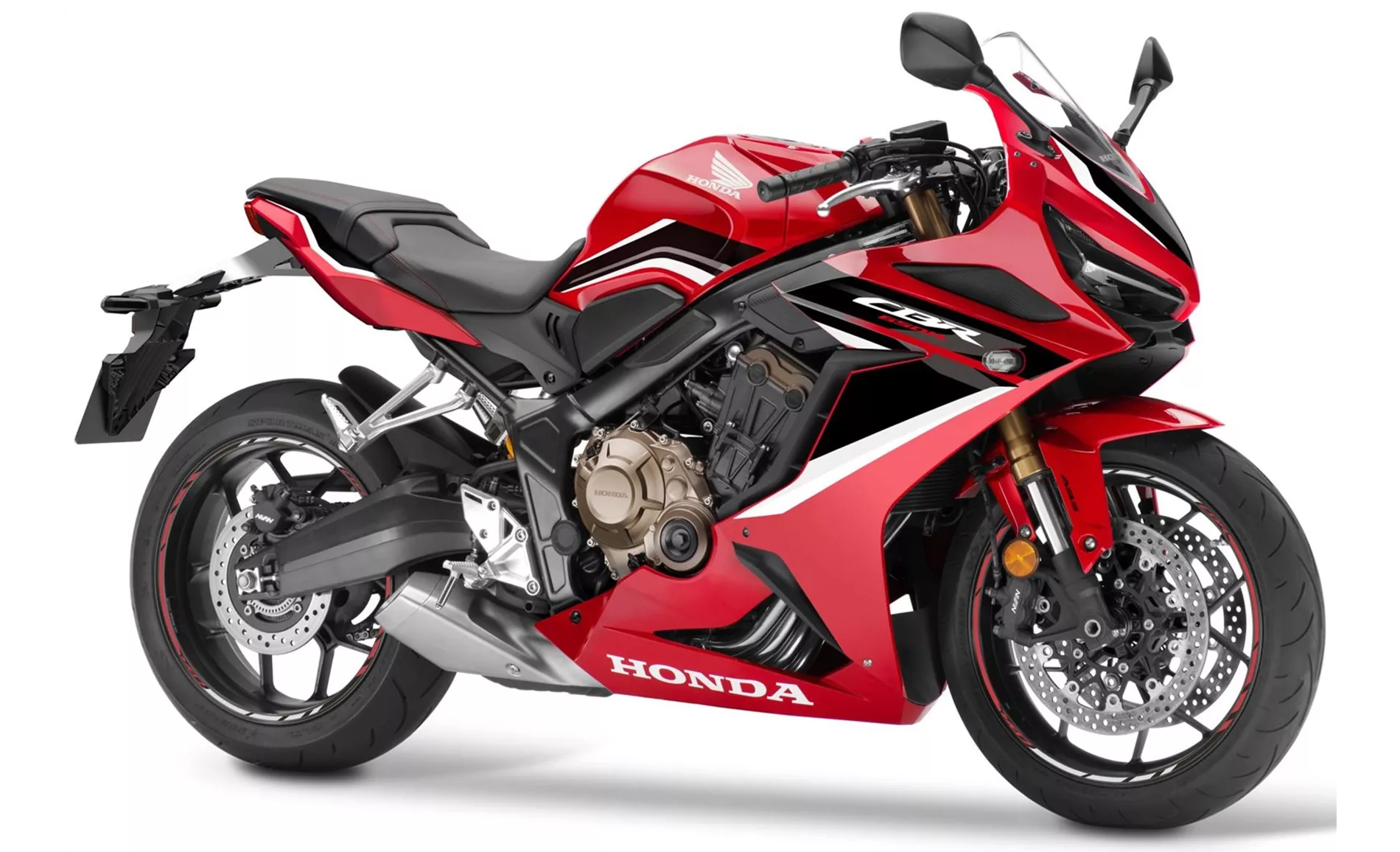
Honda CBR650R 2021
In terms of strengths, the Kawasaki Ninja 650 2017 is praised for its transparent chassis for sport, playful and good-natured handling, excellent brakes, sharp looks reminiscent of the ZX-10R, and a resilient engine. On the other hand, the Honda CBR650R 2021 is praised for its resilient four-cylinder engine, comfortable seating position, improved chassis for 2021, cool look, and ease of operation.
However, the Ninja 650 2017 is noted to have little sound from the stock exhaust and slight vibrations from the engine. The CBR650R 2021 is mentioned to have a sluggish engine below 8,000 revolutions and an outdated-looking LCD display.
In conclusion, while both motorcycles have their strengths and weaknesses, the choice between the Kawasaki Ninja 650 2017 and the Honda CBR650R 2021 ultimately depends on personal preferences and priorities, such as desired performance, comfort, and aesthetics.
Technical Specifications Kawasaki Ninja 650 2017 compared to Honda CBR650R 2021
Pros and Cons in comparison
Pros and Cons in comparison
Kawasaki Ninja 650 2017

The Ninja 650 firmly stamps its predecessor (Er-6f). The engine has mastered the Euro 4 hurdle well and serves up a very usable 68 hp, the chassis is simply great for this class, and the weight reduction of 18(!) kilos compared to the ER-6f justifies reverent nods.
Honda CBR650R 2021
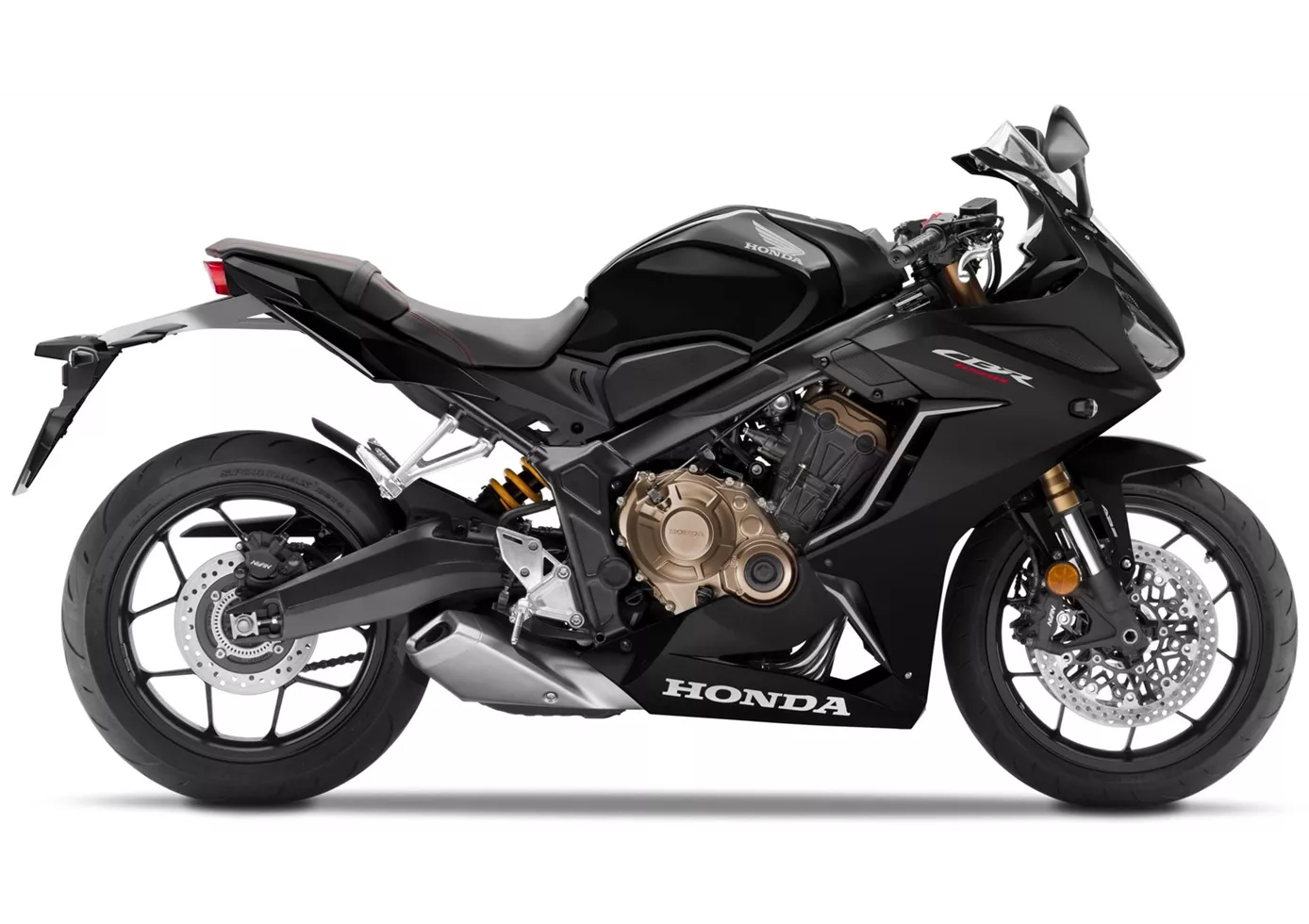
The 2021 update of the Honda CBR650R solves the biggest problem of the previous year's model: the overly comfortable chassis. The new Showa fork gives the sports bike a much sportier response, which is immediately noticeable on winding country roads. However, one should not expect a thoroughbred super sports bike, but a road sports bike suitable for everyday use, on which one can experience a lot of pleasure in the saddle both on the way to work and on a weekend ride.
Price Comparison Avarage Market Price Kawasaki Ninja 650 vs Honda CBR650R
There are a few key differences between a Kawasaki Ninja 650 2017 and a Honda CBR650R 2021. There are the same number of bikes of both models available on the 1000PS.de marketplace, specifically 7. It takes less time to sell a Honda CBR650R with 81 days compared to 96 days for the Kawasaki Ninja 650. Since model year 2017 1000PS.de editors have written 20 reviews for the Kawasaki Ninja 650 and 14 reviews for the Honda CBR650R since model year 2019. The first review for the Kawasaki Ninja 650 was published on 10/4/2016 and now has more than 79,600 views. This compares to more than 53,700 views for the first review on Honda CBR650R published on 10/8/2018.

